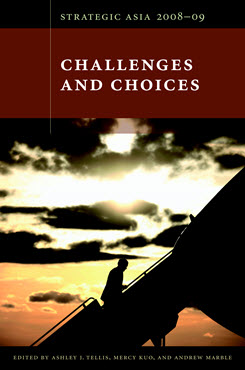Southeast Asia
Strategic Diversification in the "Asian Century"
This chapter considers U.S. policy toward Southeast Asia.
EXECUTIVE SUMMARY
This chapter considers U.S. policy toward Southeast Asia.
MAIN ARGUMENT
The strategically pragmatic Southeast Asian states prefer that the U.S. maintains a strong presence in the region because they see the U.S. as playing a critical role in ensuring regional stability, an imperative that has increased with the rise of China. Key countries in the region are increasingly asserting their own interests, however, leveraging both the “second front in the war on terrorism” card and the China card in relations with the U.S.
POLICY IMPLICATIONS
- In order to win reciprocal support for U.S. global strategic priorities, the new administration will find it helpful to pursue policy options that support Southeast Asian autonomy and regional strategic preoccupations.
- Given the centrality of economic development in Southeast Asia’s strategic world-view and because the primary threats and opportunities resulting from China’s rise are economic, it is important that the new administration build sustained economic relationships with all Southeast Asian countries.
- Limits to U.S. bilateral defense cooperation in the region will push the new administration to focus on a relatively independent U.S. military role that acts more as a deterrent to China than as outright containment of the country.
- Rather than intervene directly to support moderate factions of political Islam in the region—which might render moderate Muslim political and religious groups less credible at home—the new administration would instead benefit from focusing on policies to boost the governance, accountability, development, and conflict resolution capacities of Southeast Asian states that face problems with terrorism.
Strategic Asia
The Strategic Asia annual edited volume incorporates assessments of economic, political, and military trends and focuses on the strategies that drive policy in the region. Learn more about Strategic Asia.


